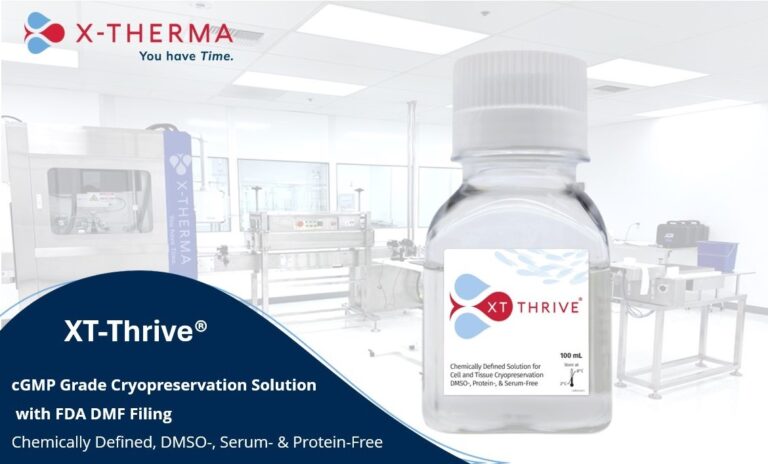The world has been waiting for the next scientific breakthrough in cryopreservation.
Dimethyl sulfoxide (DMSO), a by-product of the wood industry, has been in use since 1953. It is one of the most studied pharmaceutical agents in the United States. Worldwide, more than 10,000 articles have been written on its medical and clinical implications. In practice, it penetrates the skin deeply and quickly without damaging it. In the United States, DMSO has Food and Drug Administration (FDA) approval only for use as a preservative of organs for transplant (although unused) and for interstitial cystitis, a bladder disease. Doctors have prescribed it for ailments which include treating pain, inflammation, arthritis, scleroderma and interstitial cystitis.
In the field of cryopreservation, DMSO is often used in 5 to 10% formulation along with HSA/FBS as a cryoprotectant agent for cells and tissues. In cell preservation specifically, cell functionality is greatly impaired by DMSO, as a multitude of studies show a low rate of cell survival after being thawed from the cryopreservation process. This challenge is often incredibly costly for scientific development and manufacturing organizations — not only financially, but its significant role in disrupting the ability to complete the work. Due to these concerns over toxicity, side effects of its strong odor (comparable to the smell/taste of garlic) which can include vomiting, diarrhea and injection site pain, it has fallen out of favor with the medical mainstream. Moreover, as a toxic and viscous liquid, DMSO requires premium plastics to be used for safe handling, adding to the cost borne by laboratories.







